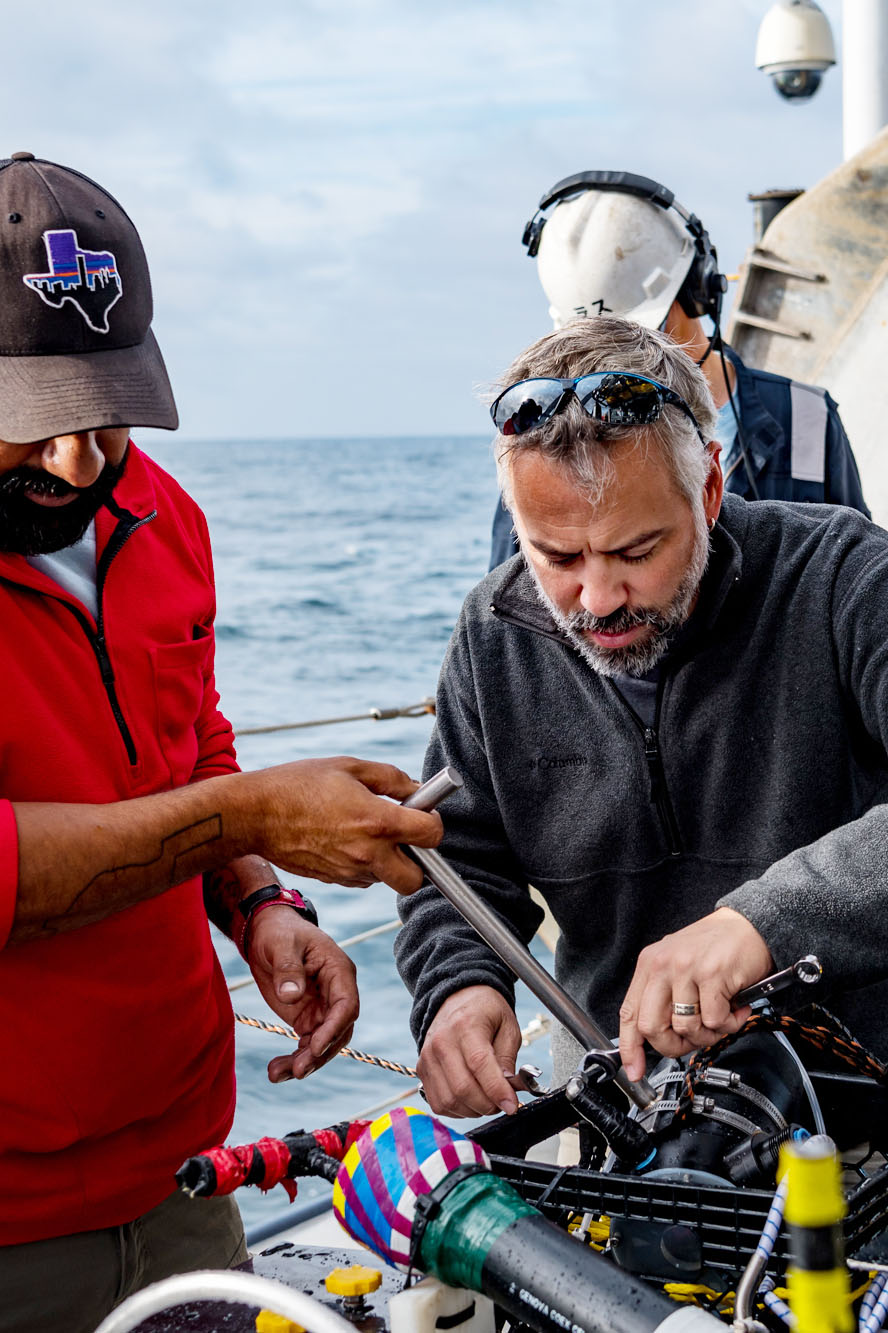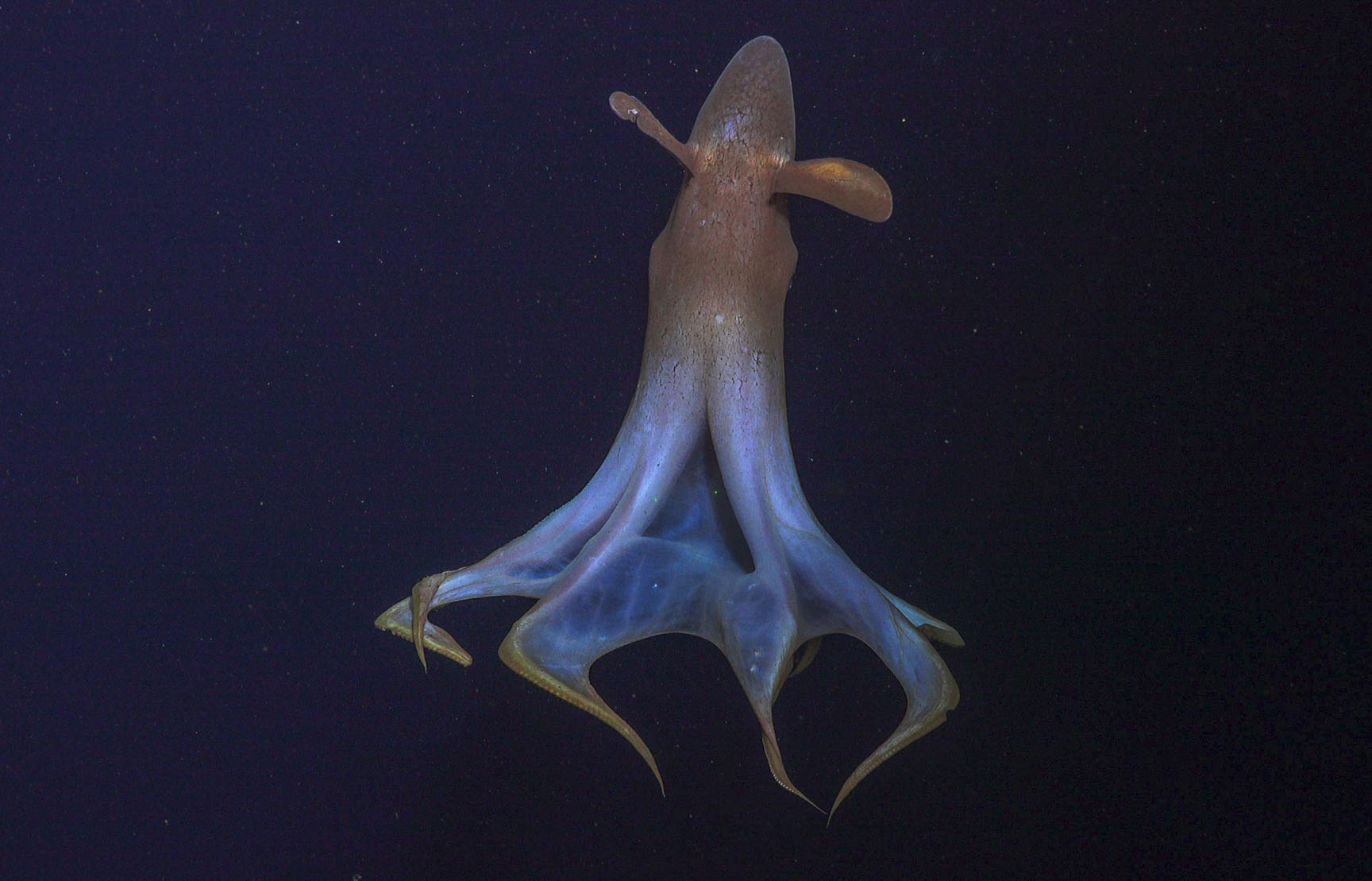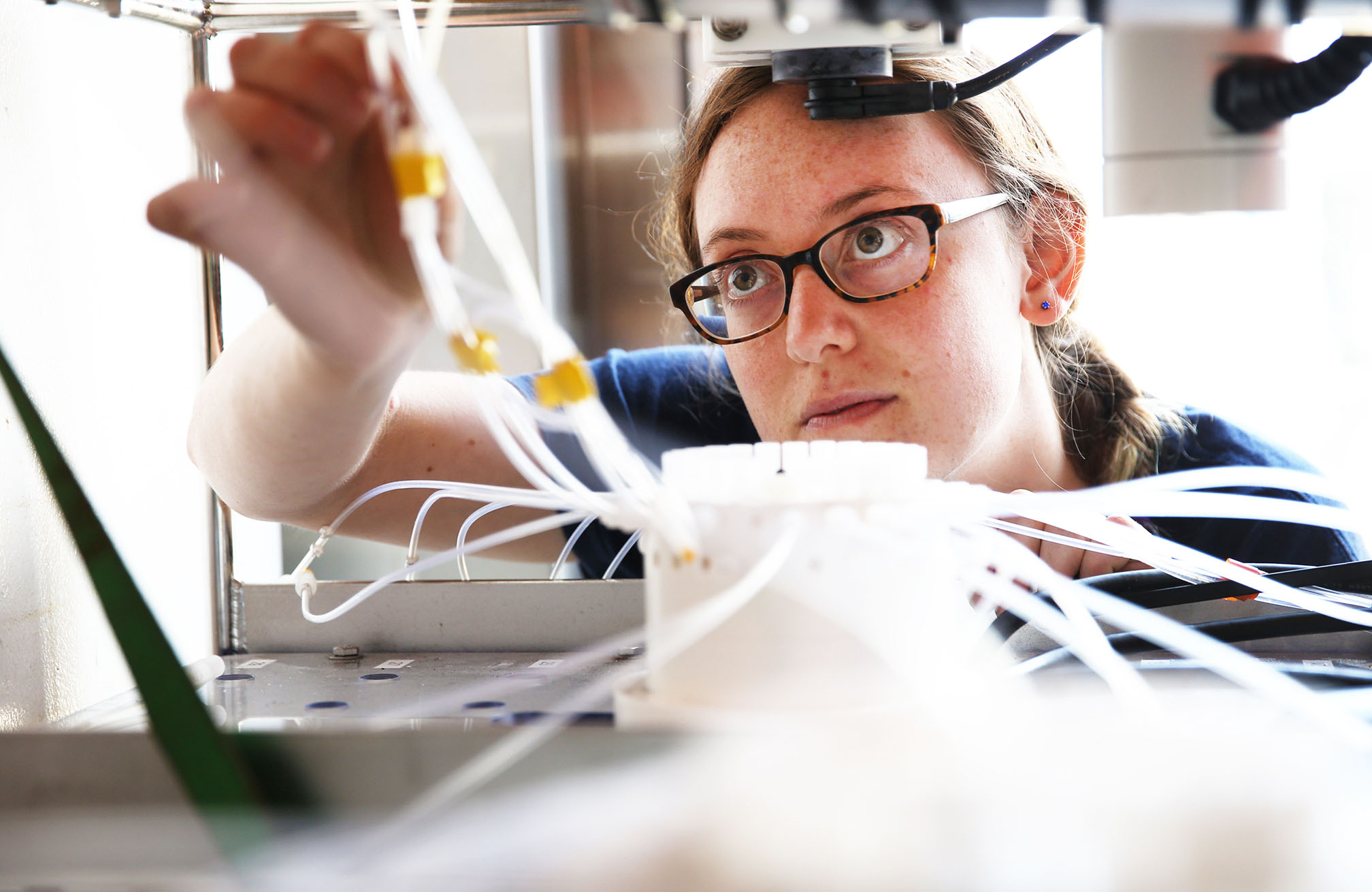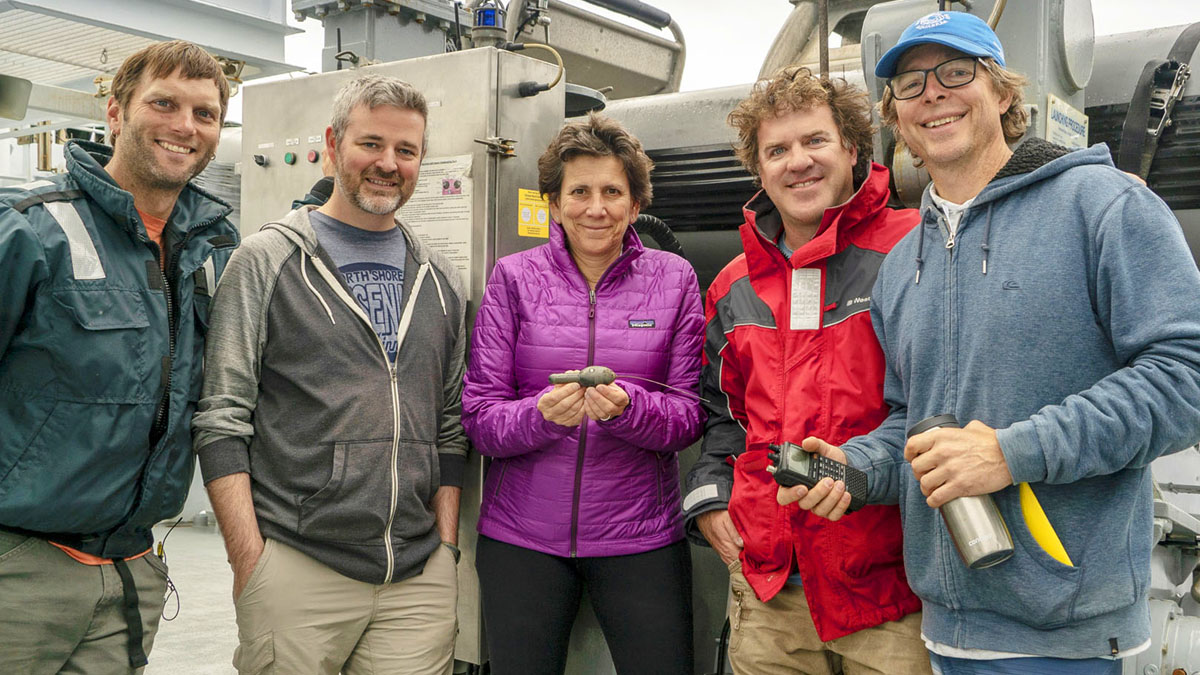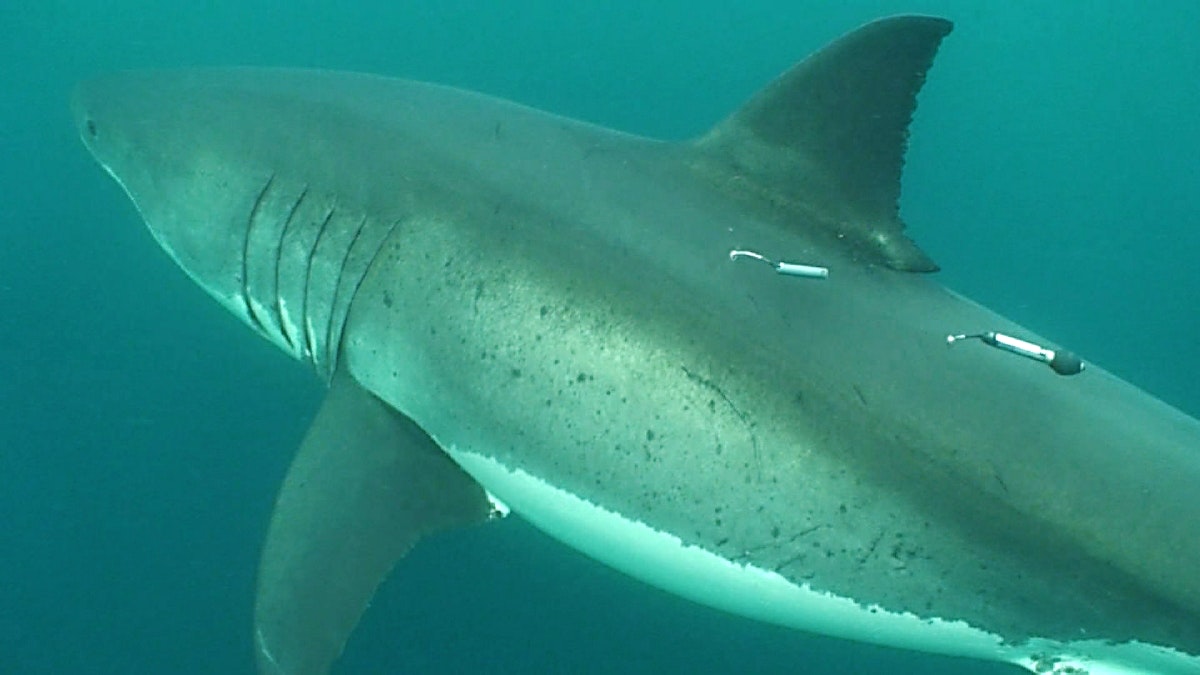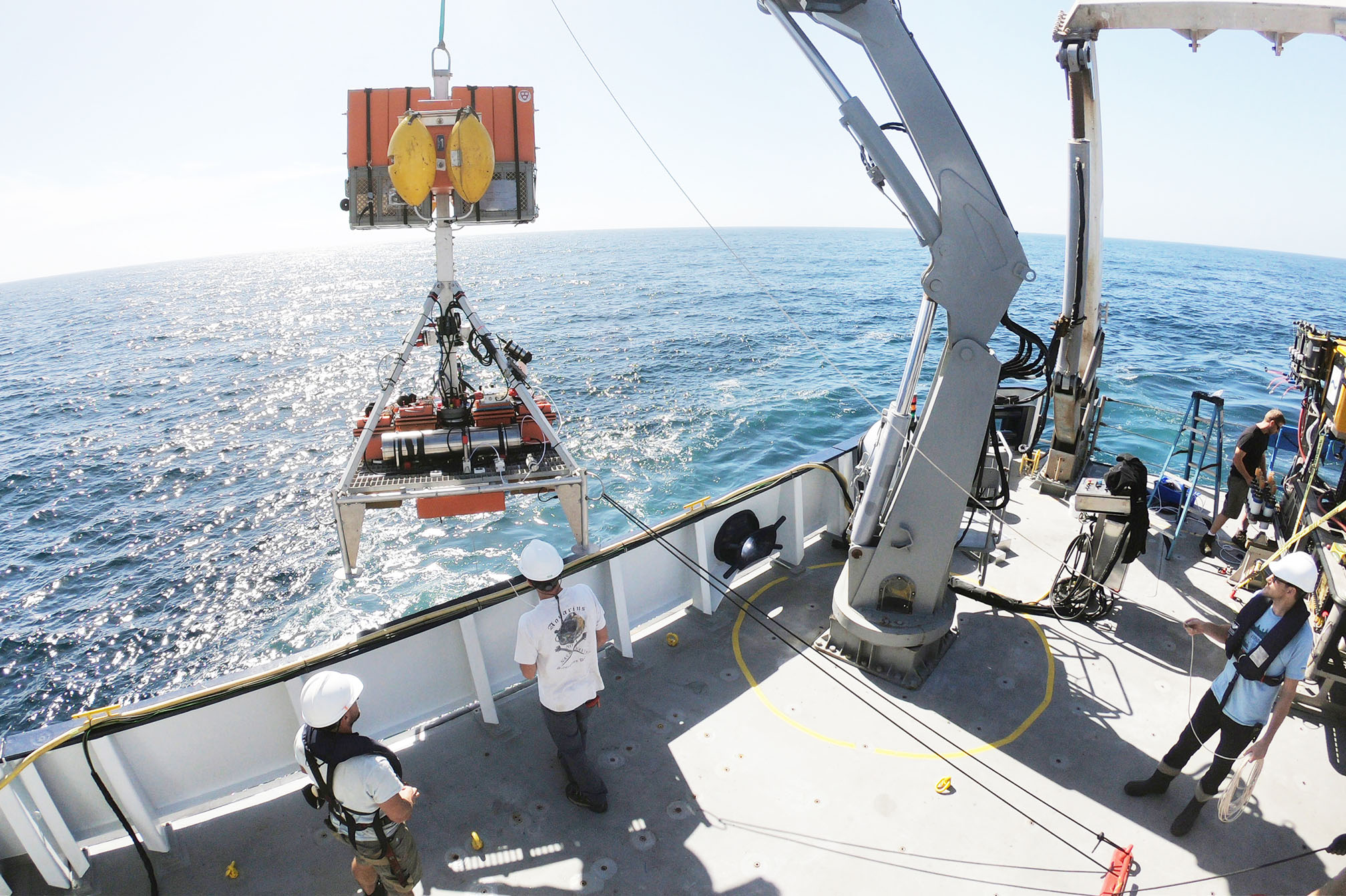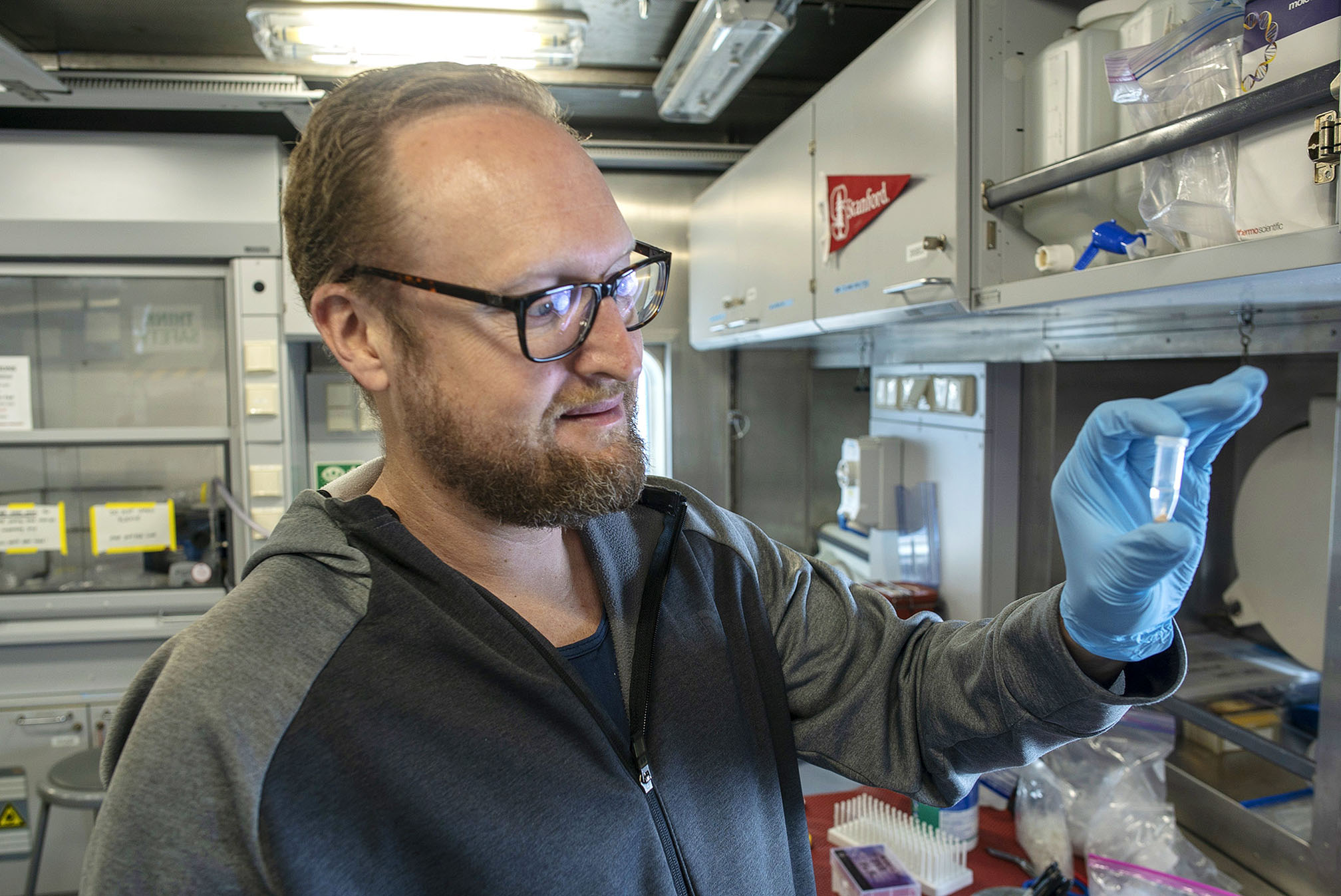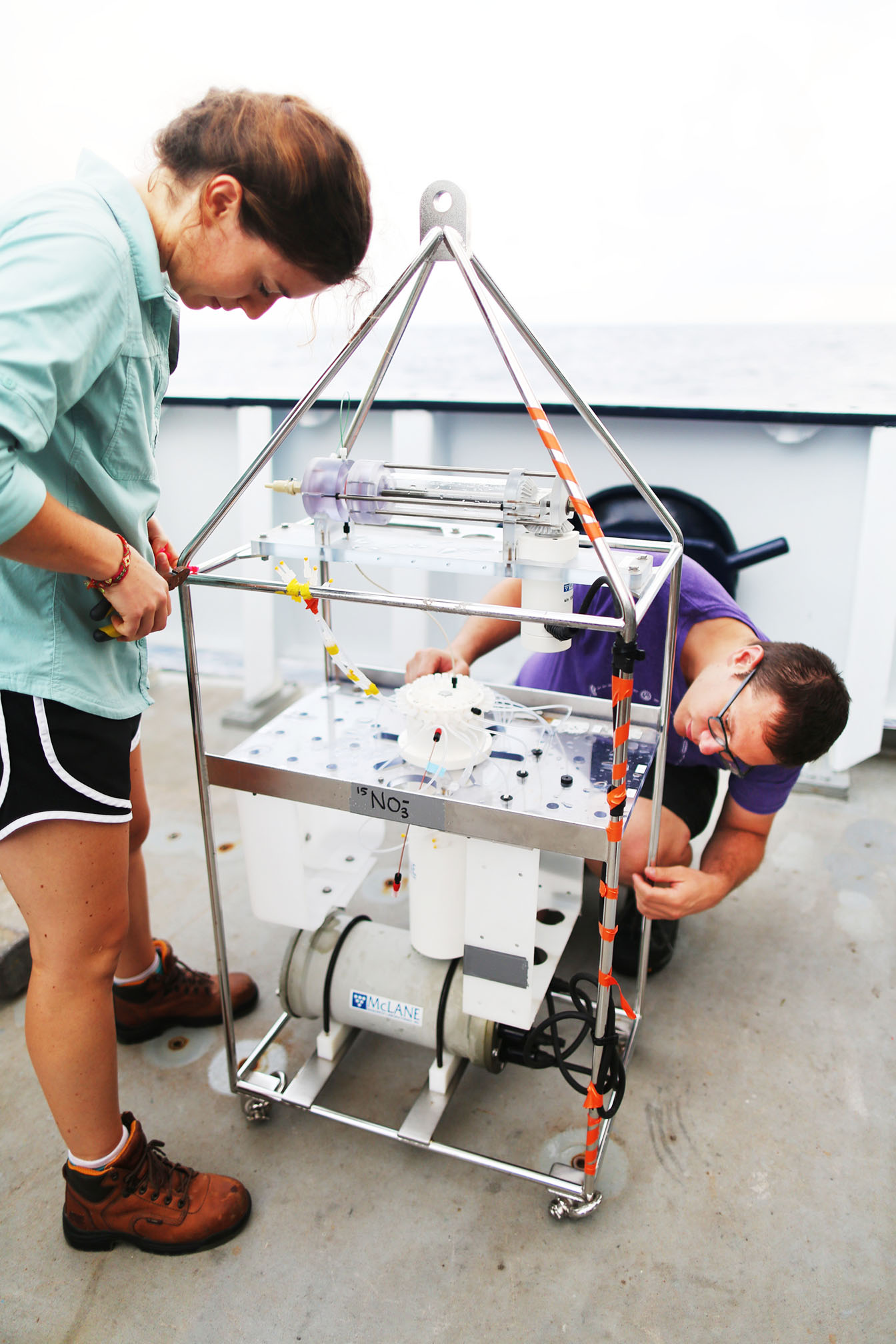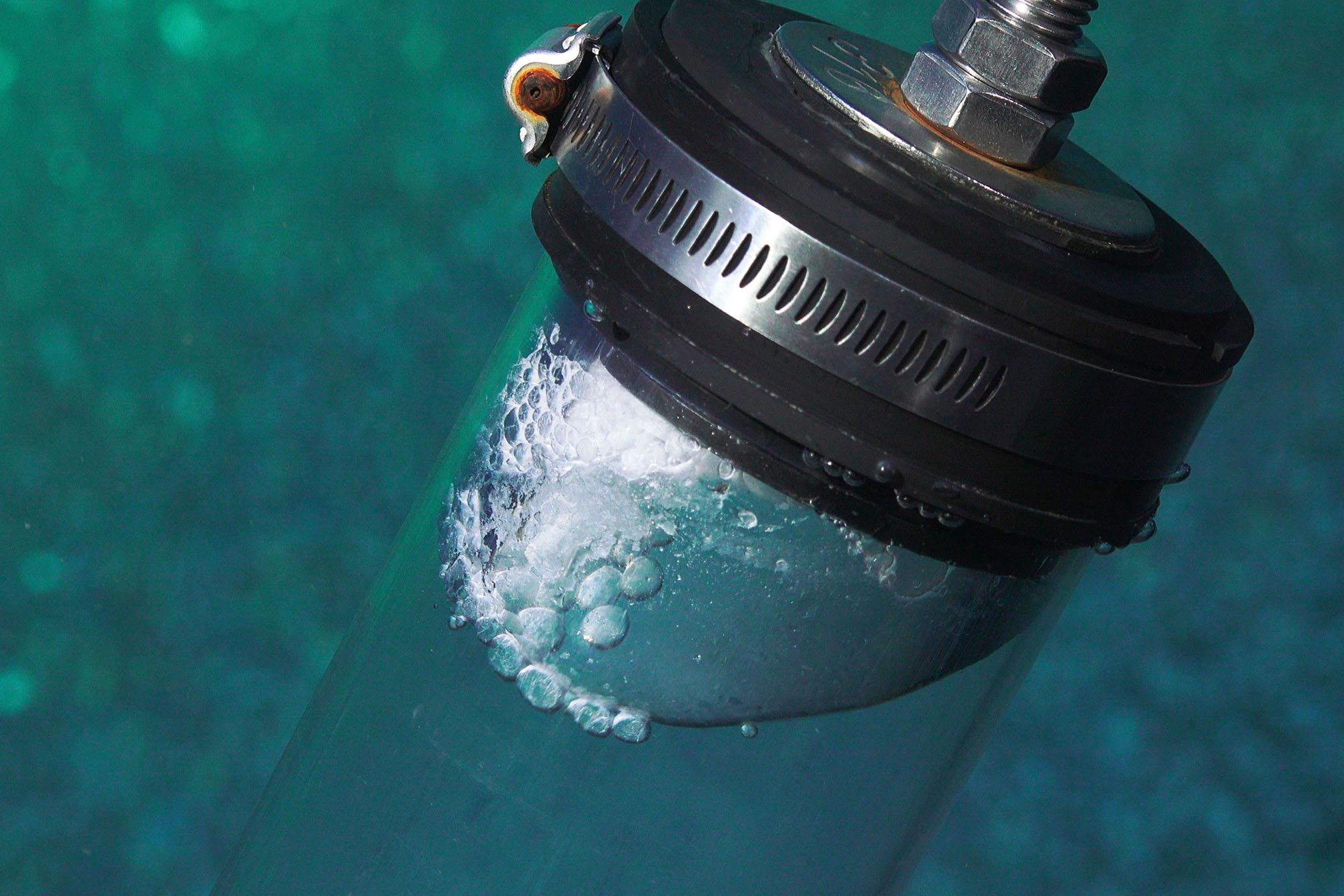 SOI is dedicated to using and supporting the advancement of the latest technology to better assess and broaden the understanding of marine habitats in an era of rapid global change. Ocean managers urgently need swift monitoring and improved tools to track and counter declining ecosystem conditions. Better data and observation capacity will play a central role in improving protection.
SOI is dedicated to using and supporting the advancement of the latest technology to better assess and broaden the understanding of marine habitats in an era of rapid global change. Ocean managers urgently need swift monitoring and improved tools to track and counter declining ecosystem conditions. Better data and observation capacity will play a central role in improving protection.
In 2018, SOI collaborated with scientists and engineers to build and test new instruments that provide the ability to broaden the reach and quicken the pace of important research dedicated to pressing ocean issues, such as increased methane release into the atmosphere and declining coral reefs.
SHIPBOARD EDNA SEQUENCING AND DATA LOGGERS PROTECT WHITE SHARKS
White sharks led Dr. Barbara Block, Stanford University, and her team aboard Falkor to a unique part of the ocean, the White Shark Café. This little-studied and remote high seas region was found to have surprising biodiversity. The completed research will contribute imperative information for a draft proposal to the UNESCO World Heritage team justifying extension of conservation efforts to the high seas and nominate the area as a World Heritage site.
In a location that scientists thought was a nutrient-poor desert due to satellite underestimates, the team, using ROV SuBastian and a suite of other data collection instruments, found impressive levels of biodiversity and a more interesting structure of mesoscale eddies and ocean convergences than previously thought. There appears to be plenty of food to support a population of hungry top predators who might graze while they meet in the Café.
The white sharks were successfully identified in the region using eDNA, a technique that allows scientists to sample from the environment (i.e. ocean water) rather than directly from the sharks’ bodies. Scientists were also able to collect 90% of the pop-up satellite archival tags, small “wearable” tags that were placed on the sharks in California before the expedition, demonstrating a connection between the California sharks and the café.
We are taking the latest and greatest technologies and using it to understand the relationships among the geology, chemistry, and the animal life.
— Peter Girguis, Principal Investigator
IN SITU INCUBATORS STUDY MICROBIAL RESPONSE TO OCEAN DEOXYGENATION
In July, an interdisciplinary team of scientists and students led by Dr. Andrew Babbin, MIT, set out aboard Falkor to test new insitu microbial incubators in low-oxygen ocean regions off the coast of California. The incubators were replaced with oxygen impermeable versions and provided high temporal and spatial resolution of the upper ocean. The near-continuous monitoring will help provide answers on how oxygenrequiring organisms can survive in a low oxygen environment. This is critical as marine microbes control the chemical landscape of the ocean that other species like phytoplankton, fish, corals, etc. adapt. The refinements in how low oxygen marine systems operate will help scientists better understand the ocean’s role in moderating climatic changes.
As a result of the expedition, the team was able to iteratively test and improve the new incubators, making them more precise. During the two weeks aboard Falkor, an impressive dataset was generated investigating how chemical cycles and microorganisms interact in the ocean. These collections allowed the science party to obtain a valuable time series characterizing the dynamics of more than a dozen chemical parameters that will improve our understanding of the role of fixed nitrogen and microbial interactions in oxygen deficient waters.
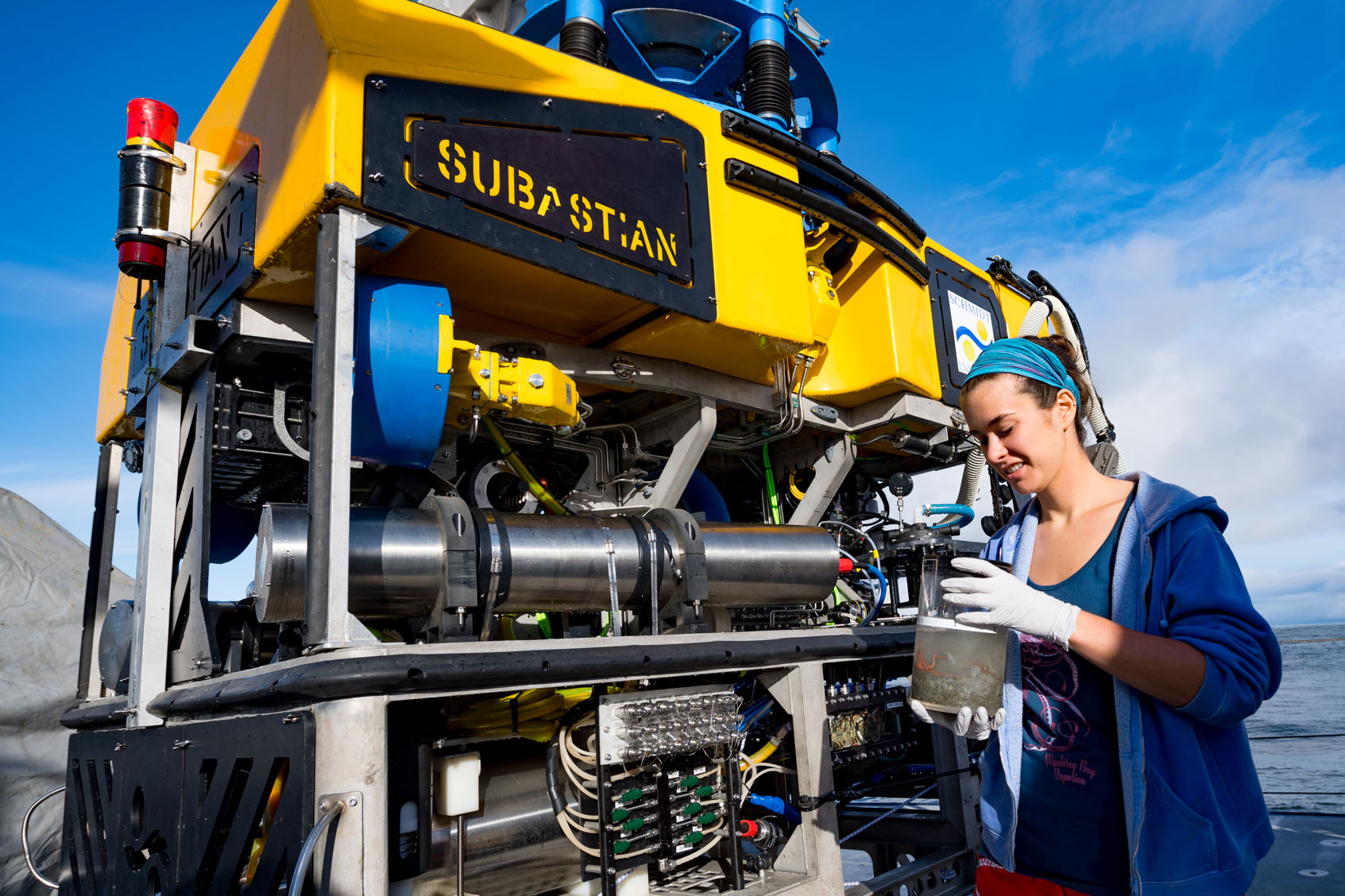
WARMING GAS HYDRATES LEAK METHANE TO THE OCEAN SURFACE
Methane greatly impacts our climate system, but the processes that transfer methane from the deep sea into the ocean and atmosphere remains poorly understood. Where this methane goes and how it is transformed in the water ultimately dictates the magnitude of its role in the global carbon cycle, which is closely linked to Earth’s climate. Drs. Scott Wankel and Anna Michel of WHOI and their team developed new ways to understand ocean cycles by studying methane bubbles in the water column while on Falkor. The multidisciplinary expedition tested new instruments and techniques to better comprehend this process, and the researchers discovered that, contrary to popular opinion, methane does reach the sea surface in detectable amounts, although the exact rates are yet to be quantified.
Three sensors were integrated into ROV SuBastian including a stereo-camera to look at methane bubbles and an in situ mass spectrometer. This was complemented with gas measure of bubbles underwater (characterizing the relative amount of methane, nitrogen, oxygen, argon, and carbon dioxide), while periodically measuring the isotopic fingerprints of the methane. The stereo-camera enabled the scientists to better understand the nature of methane transfer from bubbles into the surrounding water. The development of this equipment and sensors is important in illustrating changes in methane from venting locations across a spatial scale as well as over time.
Our focus on rising seafloor bubbles stems from the recognition that methane is an important player in the global atmosphere-climate system and the fact that the seafloor in many regions of the global ocean houses enormous amounts of it.
— Scott Wankel, Principal Investigator

